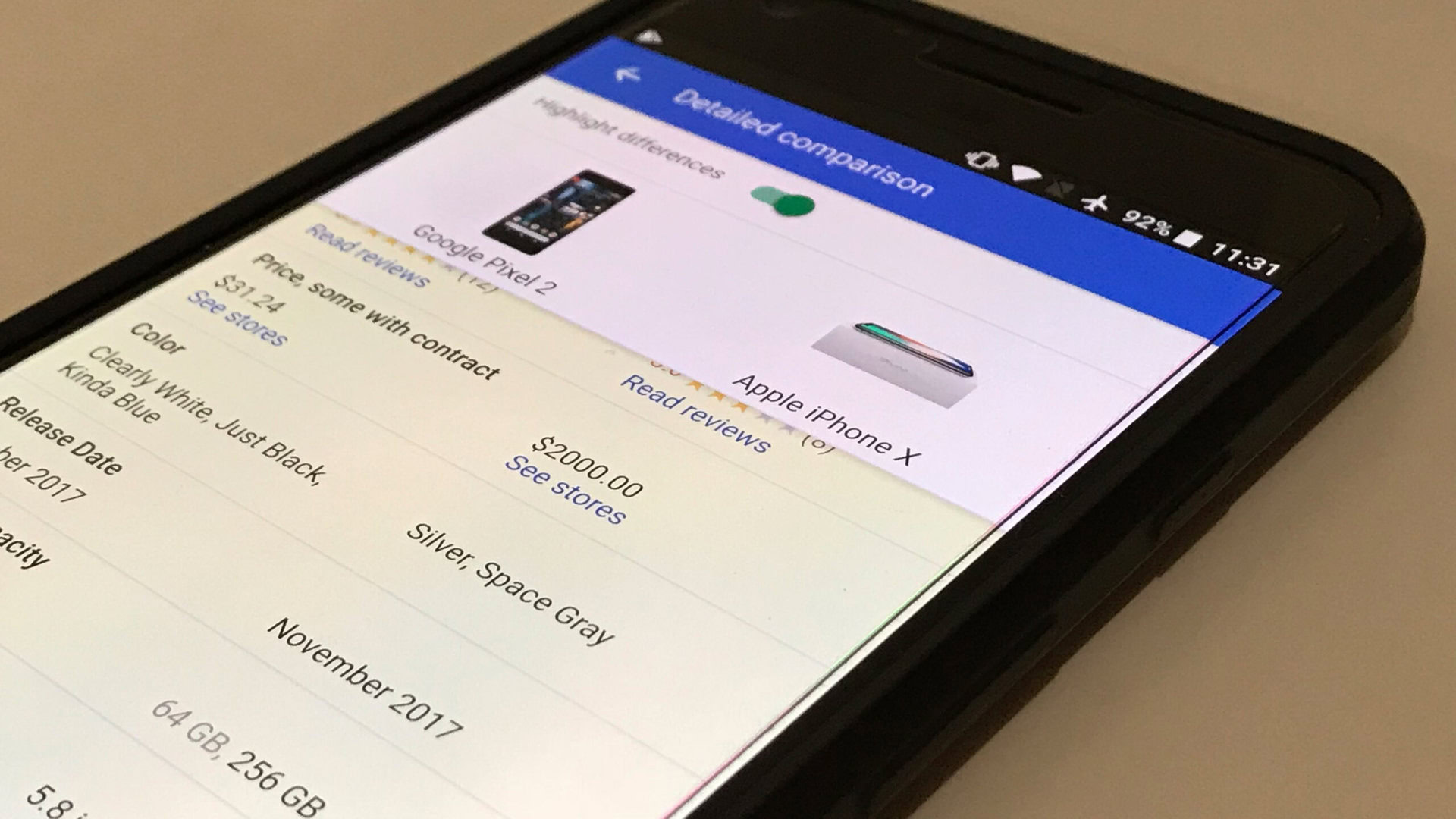Affiliate links on Android Authority may earn us a commission. Learn more.
Google is now prioritizing mobile sites to provide better results for mobile devices
Published onDecember 18, 2017

We all saw this coming. All the way back in November 2016, Google said it would begin prioritizing websites that have a mobile-friendly, responsive design in favor of traditional desktop online websites. Google is following through on that promise as it’s now implementing this new prioritization method for a “handful of sites.” Quite frankly, the move makes sense given that an ever-increasing amount of people are searching constantly from their phones. Especially when you aren’t at a computer, it’s easier to just pull out the phone that’s in your pocket to search for something.

Traditionally, Google’s crawling and ranking systems only looked at the standard desktop layout of a website. This is no longer going to be the case.
Google will now use content from mobile sites to create and rank listings, which will allow for more relevant results for mobile users. Google is “evaluating sites independently on their readiness for mobile-first indexing,” and the shift is “closely being monitored by the search team.” If your website is already mobile-friendly, you shouldn’t have to do anything. However, Google does have some guidelines for site owners:
- Make sure the mobile version of the site also has the important, high-quality content. This includes text, images (with alt-attributes), and videos – in the usual crawlable and indexable formats.
- Structured data is important for indexing and search features that users love: it should be both on the mobile and desktop version of the site. Ensure URLs within the structured data are updated to the mobile version on the mobile pages.
- Metadata should be present on both versions of the site. It provides hints about the content on a page for indexing and serving. For example, make sure that titles and meta descriptions are equivalent across both versions of all pages on the site.
- No changes are necessary for interlinking with separate mobile URLs (m.-dot sites). For sites using separate mobile URLs, keep the existing link rel=canonical and link rel=alternate elements between these versions.
- Check hreflang links on separate mobile URLs. When using link rel=hreflang elements for internationalization, link between mobile and desktop URLs separately. Your mobile URLs’ hreflang should point to the other language/region versions on other mobile URLs, and similarly link desktop with other desktop URLs using hreflang link elements there.
- Ensure the servers hosting the site have enough capacity to handle potentially increased crawl rate. This doesn’t affect sites that use responsive web design and dynamic serving, only sites where the mobile version is on a separate host, such as m.example.com.
Thoughts on this change?